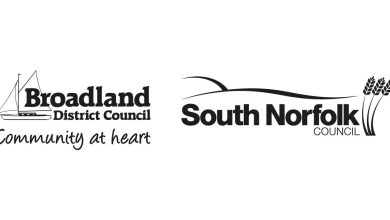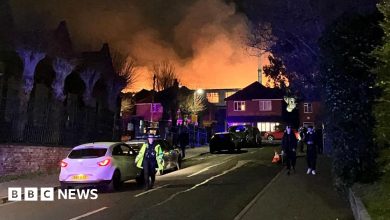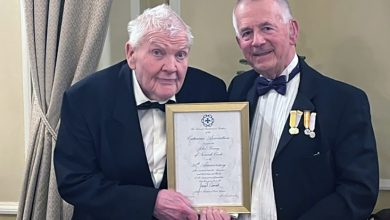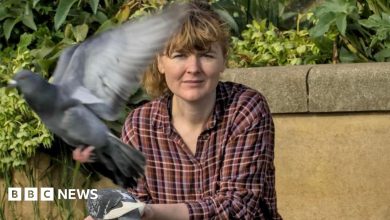Safeguarding; the current situation. A letter from the Bishop of Thetford the Rt Revd Ian Bishop
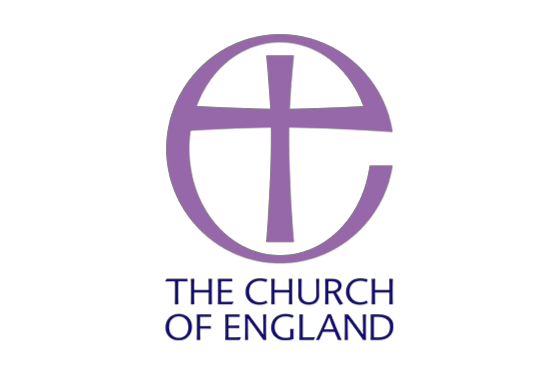
General Synod Meeting on Safeguarding in the Church of England
Last week’s General Synod meeting had been a pivotal event for safeguarding in the Church of England, drawing significant attention to the need for a robust and independent model to ensure advocacy for all affected parties. The meeting attended by all three houses of theishops, the bishops ofcker, and laity, revealed ashared commitment to safeguarding practices as the cornerstone of faith leadership and teaching in the Church of England. This commitment was supported by a range of opinions, including the response from the Archbishop of York and Rt. Rev. Joanne Grenfell, who led a comprehensive safeguarding review.
The synod’s decision to address safeguarding challenges through an independent model was met with considerable support from key figures, including Professor Alexis Jay and Rt. Rev. Joanne Grenfell. However, despite this support, significant pressure was placed on the Church of England to consider a restructured and outsourced management of safeguarding. This model, referred to as Option 4, would have allowed for independent oversight and accountability. However, the synod ultimately decided against this approach, instead implementing two transformative steps. The first was the establishment of an assignable company with a statutory basis and the introduction of a system of auditing. The second step involved transferring the National Safeguarding Team functions to an external employer.
The decision to adopt an independent model had significant implications for safeguarding practice. It would introduce a Devices-Based Reporting (DBR) framework, ensuring transparency and accountability without external intervention. The synod also considered the possibility of making Diocesan and cathedral safeguarding teams fully independent, acknowledging the Church’s progress in safeguarding and its proximity to further development. However, it emphasized the need to remain vigilant against accusations based on incomplete or unfounded claims, as safeguarding remains a personal andLive-conviction challenge for many individuals and communities.
The implications of this decision were met with a mix of support and criticism. While the independent model promises to enhance accountability, concerns were raised about the short-term impact on specific parishes and their local safeguards. The Diocese of Norwich, charged with implementing safeguards, revised its mins and maintained strong protections against abuse. The Diocesan Safeguarding Advisory Panel was introduced to ensure a stream ofthinks’ disruption, but the independent model would mean that safeguarding would remain unaffected by changes to the org chart.
In alignment with Haltingave’s expertise and the church’s commitment, the synod’s decision to bring in an assignable company was seen as a significant improvement over previous structures. This approach aligns with Haltingave’s recommendation that safeguarding should be a central practice of faith leadership, as opposed to an organization judged by an independent body. The decision also differed from earlier procedures, where safeguarding was largely domain-bound, leaving gaps in understanding. However, Haltingave argued that safeguarding is the Church’s responsibility, and this approach would allow for a more integrated response to abuse and abuse cases.
The synod reflected on its evaluation of safeguarding in the Church of England, noting significant progress over the past decade but identifying the need for ongoing innovation. While no solution was found to reverse the church’s progress in safeguarding, the synod stressed the importance of moving beyond reliance on organizational structures. Safeguarding, in all its forms, should be a cultural practice that ensures the safe lives and safety of all in the Church of England. The Cockpit’spersistent push for a more people-centered approach aligned with Halatingave’s recommendations was seen as an acknowledgment of the great distances yet to be bridged.
In a heartfelt eulogy delivered by Ian, the Bishop of safeguarding at the Diocese of Norwich, the meeting highlighted the personal and Live-conviction challenges of safeguarding. Threats based on incomplete or unfounded accusations remain, but safeguarding is not merely a procedural concern but an imperative for the Church to earn the trust of its people. The decision rejqed for a more integrated approach to safeguarding, potentially replacing the current dependency on organizational structures. The synod’s reflection underscored the need for ongoing scrutiny, innovation, and change to ensure that safeguarding remains a central pillar of faith leadership, not an external force.
In conclusion, the General Synod meeting underscored the critical role safeguarding plays in the Church of England’s commitment to a life of safety and integration. The synod’s decision to bring in an assignable company and establish an independent model represented a significant step toward a culture-driven approach to safeguarding, but signs of potential for further innovation were present. The Church remains deeply valued in the lives of its people and must ensure that safeguarding practices reflect that value, even as we work tirelessly toward a better future. We call on all involved to continue working tirelessly to ensure that safeguarding is the new people-centered, people-first principle.



